As the winter draws in, particularly cold spells of weather, as well as potential floods, gales and storms can all cause damage to properties.
Due to their height, blocks of flats are much more likely to be on the receiving end of these damages, so throughout the winter good block maintenance is crucial to protect and safeguard residents.
Below we’ve listed some of the most important areas of maintenance for residential blocks. Get in touch to find out how Scanlans can support the management and maintenance of your block through the winter months.
Related reading: The Complete Guide to Residential Block Management
(Source)
1. Communal walkways
If a walkway is frozen over or slippery ensure resident attention is brought to the area by sending an email or message. If possible, highlight the particular area with tape or cones, so that residents know to avoid walking on it.
If an area repeatedly becomes slippery and dangerous, make arrangements for extra grit to be dispersed in that area overnight so that it is safe for residents in the morning and throughout the day.
2. Roofs
It is recommended that block managers schedule appointments with roofing specialists or building companies to check over roofs of older blocks, where the roof hasn’t been renewed recently, both before winter, and after any significant storms.
Things to be aware of include ensuring that no tiles have come loose or cracked and that the flashing (the metal strips that act as seals for any skylights and satellite dishes for example) is still in place.
Insurance companies may request a copy of any such reports in the event of any damages being incurred that require maintenance, as well as for annual renewal purposes, so it is worth doing.
3. Trees
Trees can be especially dangerous hazards if they become uprooted or if large branches crack and fall.
Larger, older trees should be regularly checked by a specialist and any recommended action taken.
The property manager also needs to make sure they have details of a reliable tree surgeon who can attend at short notice in the event of a report of a tree becoming dangerous.
Trees that blow over and heavy branches that snap will damage cars, gates, walls and even passing pedestrians so remove anything that appears unsecure.
Related Reading: A Guide to Block Management Health and Safety Regulations
4. Blocked gutters
Over time, leaves and other debris like moss can build up in gutters which prevents the efficient flow and drainage of rainwater.
If guttering becomes blocked or broken it can be time consuming as well as expensive to replace. This is because of the potential for damp to emerge which will cause numerous issues inside residents’ apartments, and algae which will mold external and internal brickwork.
Clearing out gutters is recommended as a biyearly policy. However if there has been significant rainfall recently, or the block is surrounded by trees or has a particularly large amount of moss on its roof, then it may be best to undertake regular annual inspections.
5. Fences and Gates
In high winds, fence panels and gates can either buckle or break free from their hinges. If a gate becomes broken it can be an inconvenience to residents who need to leave and enter the building or car parking area. Likewise, if a fence breaks, it can leave ground floor residents exposed and with minimal privacy.
The property manager needs to make sure they have details of a reliable fencing contractor who can attend at short notice in the event of a report of damaged fencing or gates.
In the event of something feeling loose it is best to make contact with a forestry or fencing company in advance to save worsening the problem and potentially incurring higher repair costs.
6. Communal furniture, pots and ornaments
Some outside communal areas will have ornaments such as potted plants and other pieces of garden furniture. In high winds and gales these can be picked up and thrown into the building, breaking not only the ornament but also potentially damaging windows and any glass doors.
Where possible, ensure that any loose garden furniture is stored away until the worst of the winter weather is over. You can find a self storage facility in Manchester, Glasgow, Newcastle or wherever you are up north for you to use for this purpose. It is a good practice to notify residents of these preparations in advance.
7. Water
In particularly cold or freezing weather, water pipes can become frozen as well as water features, lawnmowers, sprinklers and other mechanical items.
Make sure external pipes are insulated and well covered, and place items such as lawnmowers and water features away. Turn sprinklers off, drain the irrigation system and remove them to storage if possible.
Notify all residents of how to turn off the stop cock to a water supply in the event of an overnight emergency and ensure contact details of the block manager and insurer are given to the residents. If a leak occurs, this can cause monumental damage throughout the night that will be costly to repair.
8. Residents
Finally, it can be good practice as a block manager to check with residents across the winter months. They will be the first to know if there are any serious problems.
Residents can see things from a multitude of viewpoints that could prevent potential costly disaster down the road.
See More: How to Get Leaseholder Feedback to Improve Your Block
In summary:
In the winter, block managers should scrutinise and check everything. Damages incurred by weather can be costly to repair and this can harm the relationship between residents and block management companies if the damage was preventable – i.e, a tree was felled before it was uprooted.
In the event of winter and severe weather it is best to be safe, rather than sorry.
We at Scanlans Block Management have over 25 years experience in block and property management, and we’ve seen it all – across all weathers! If you need help with the running and maintenance of your block, reach out to us today to see how we can best assist you and your property.

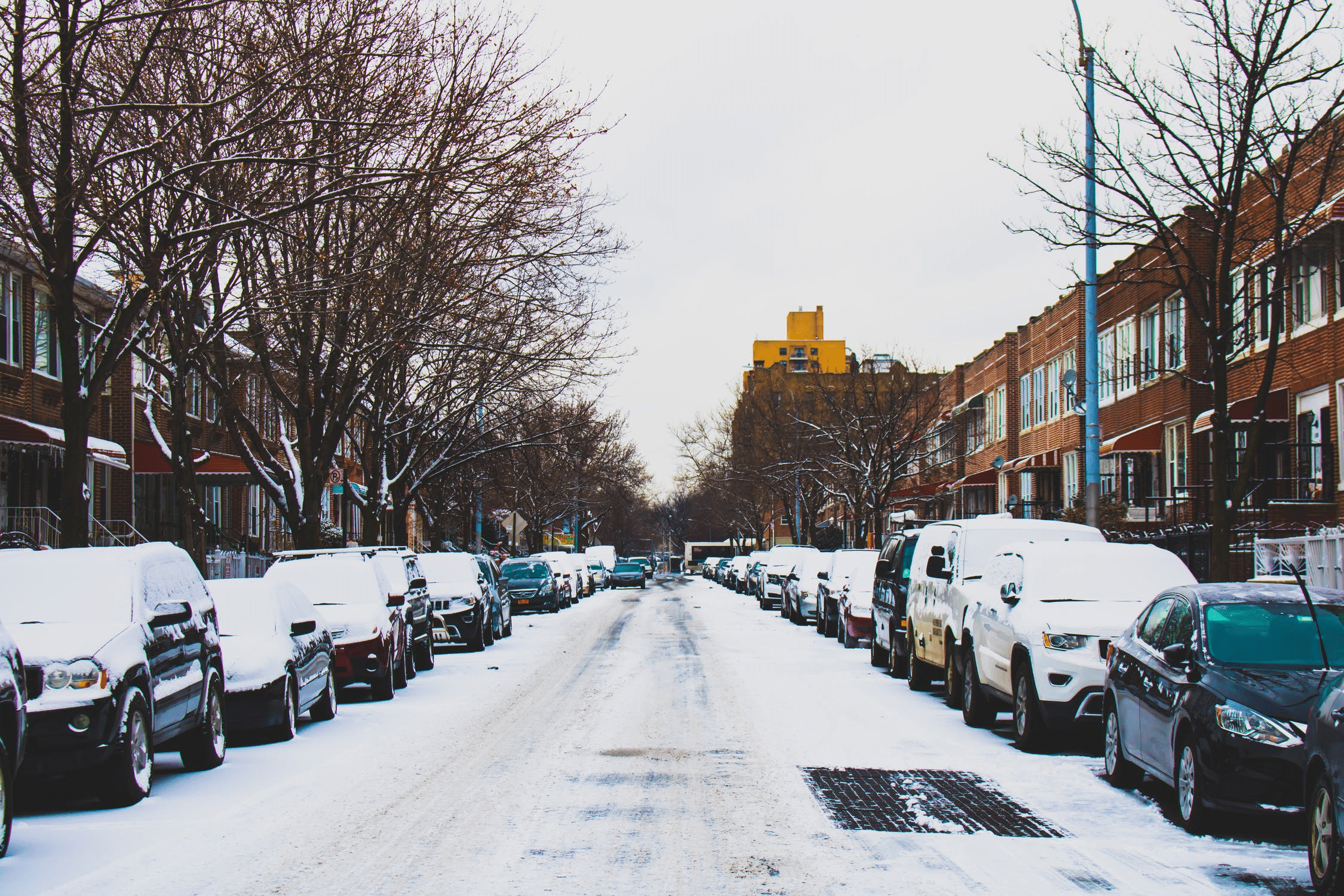
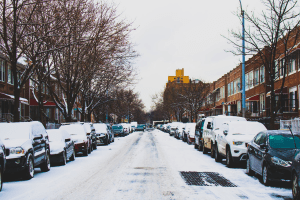

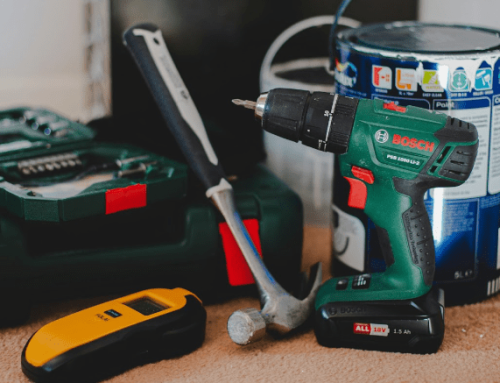
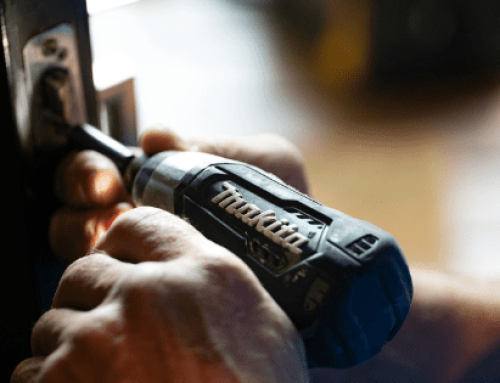

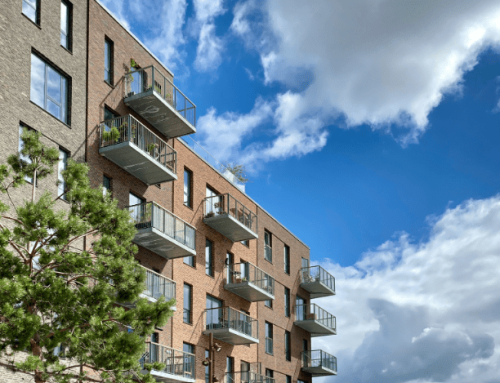



Leave A Comment
You must be logged in to post a comment.